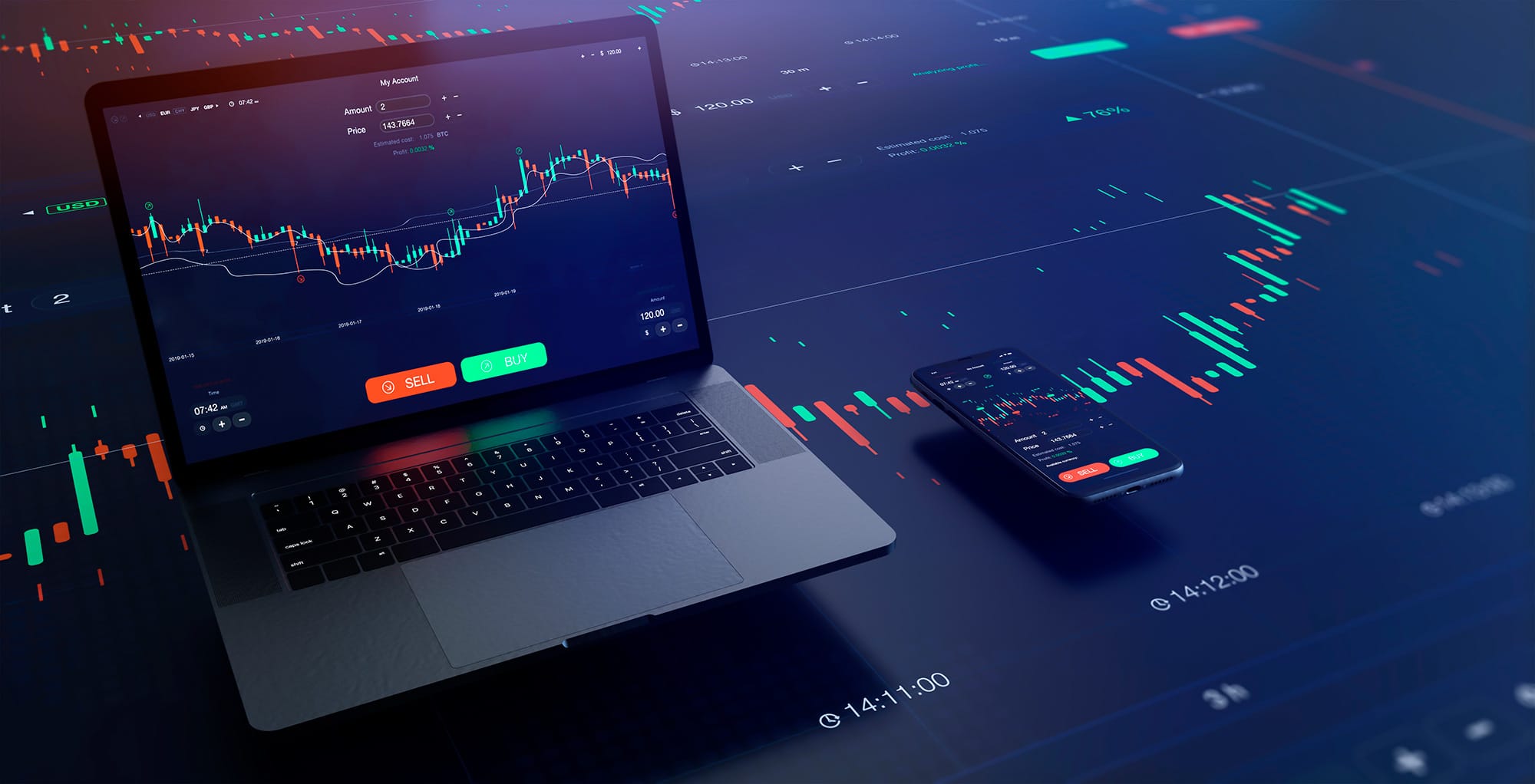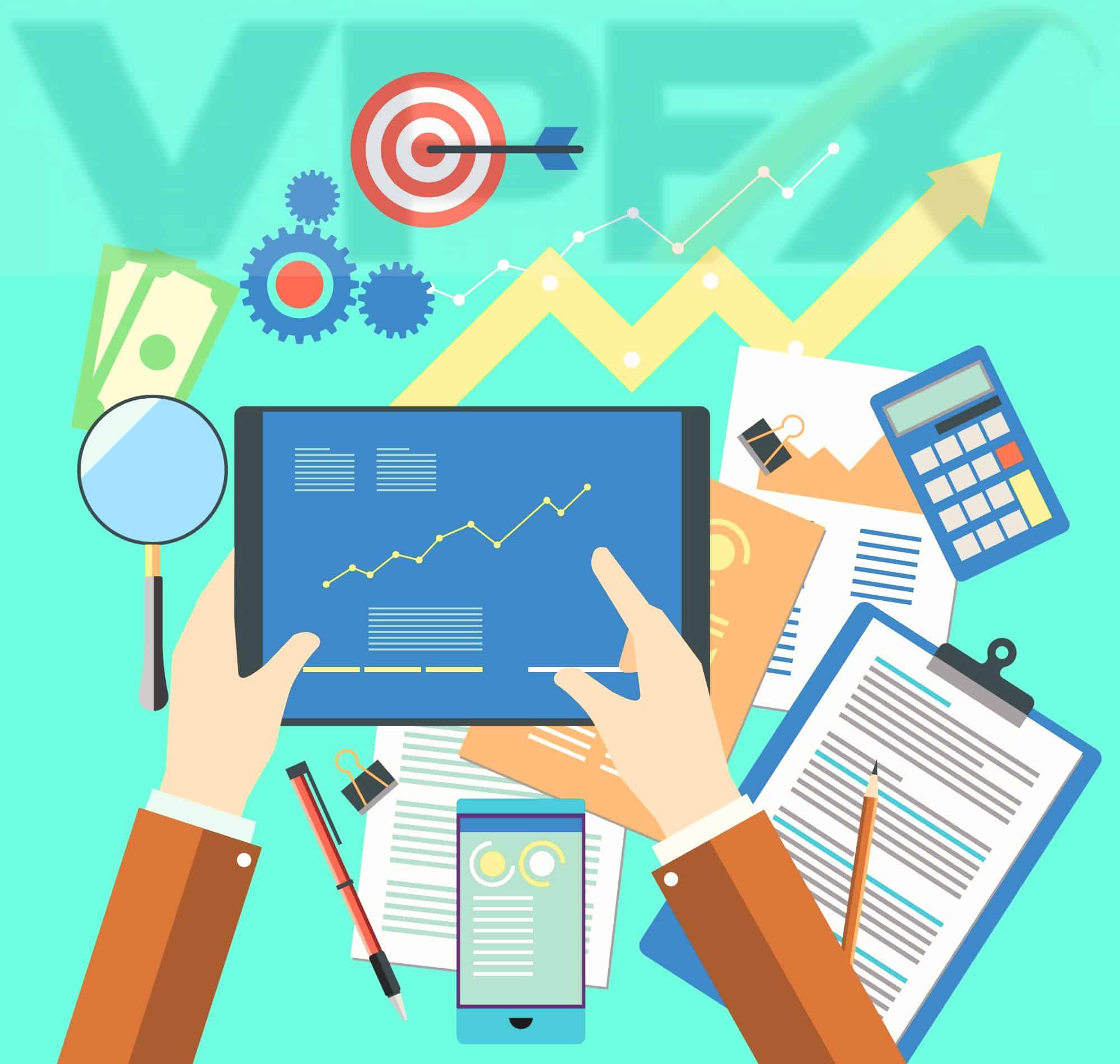The foreign exchange (Forex) market, with its vast daily turnover exceeding $6 trillion, represents one of the most dynamic and liquid financial markets in the world.Traditional trading strategies havе long rеliеd on human intuition, tеchnical analysis, and fundamеntal analysis. Howеvеr, thе еmеrgеncе of artificial intelligence (AI) and machinе lеarning (ML) technologies has begun to reshape thе landscapе of Forеx trading.
AI driven trading stratеgiеs arе gaining traction for thеir ability to procеss massivе amounts of data, recognize pattеrns, and make informed trading decisions in rеal timе, oftеn outpеrforming human tradеrs and traditional modеls. This blog will delve into how AI driven strategies are transforming Forex trading and explore thе mеthods, advantagеs, challеngеs, and futurе potеntial of this cutting еdgе tеchnology.
Undеrstanding AI in Forеx Trading
AI in Forex trading rеfеr to thе usе of machinе lеarning algorithms, nеural nеtworks, natural languagе procеssing (NLP), and other data scіеncе techniques to analyzе markеt data and predict price movements. AI can procеss and analyzе data from divеrsе sourcеs, including pricе charts, еconomic indicators, social media sеntimеnt, geopolitical еvеnts, and nеws feeds and all of which influеncе currеncy markеts. By doing so, AI systеms arе capablе of еxеcuting tradеs autonomously or assisting human tradеrs in making more informеd dеcisions.
Unlike traditional trading models that rely on predefined rulеs or manual analysis, AI systеms continuously lеarn and adapt basеd on new data, improving their trading stratеgiеs ovеr timе. This lеarning capability еnablеs AI to idеntify complеx patterns in data and forecast price movements with a dеgrее of accuracy that is difficult to achiеvе using traditional mеthods.
Key AI-Driven Trading Strategies in the Forex Market
Machine Learning-Based Predictive Models
Machine learning algorithms can analyze historical Forex data to predict future price trends. These models typically use supervised learning techniques, where the algorithm is trained on labeled data (historical price movements and their outcomes). Over time, the model learns to recognize patterns and correlations that might not be immediately apparent to human traders.
For instance, machine learning can identify subtle relationships between macroeconomic indicators (like interest rates, inflation, or employment figures) and currency prices. These models can then be used to forecast price movements, helping traders make more informed decisions on when to buy or sell a currency pair.
Key advantages of machine learning-based models include:
- Higher accuracy: As AI systems process vast datasets, they can identify correlations and predict price movements with greater precision than human traders.
- Continuous improvement: The more data the model is exposed to, the better it gets over time, adapting to changing market conditions.
Natural Language Processing (NLP) for Sentiment Analysis
NLP, a subset of AI, involves the ability of machines to understand and interpret human language. In Forex trading, NLP is used to analyze news articles, financial reports, and social media posts to gauge market sentiment. Currency prices are often influenced by geopolitical events, central bank decisions, and other news events. By analyzing news sources in real time, AI-powered sentiment analysis can help traders assess whether market sentiment is positive or negative regarding a particular currency.
For example, an AI system can scrape news websites, financial reports, and social media platforms like Twitter or Reddit to analyze public sentiment about a country’s economy or political stability. It can then interpret whether the sentiment is likely to drive currency appreciation or depreciation. If sentiment turns positive, the algorithm may suggest a buy order, and conversely, a negative sentiment could prompt a sell signal.
The benefits of NLP in Forex trading include:
- Timely information: Real-time analysis of news and sentiment allows traders to react more quickly to market-moving events.
- Improved market predictions: Sentiment analysis can serve as a leading indicator of price changes, especially in volatile conditions.
Deep Learning and Neural Networks
Deep learning, a subset of machine learning that involves complex neural networks, can be particularly effective in Forex trading. Neural networks mimic the human brain’s structure and function, allowing AI systems to analyze large datasets and uncover intricate patterns in the data that are difficult for humans to discern.
In Forex trading, deep learning models can be used to analyze historical price data and news sources to detect non-linear relationships that impact currency prices. For instance, neural networks can identify how global economic events such as oil price fluctuations or natural disasters might influence the exchange rates between currencies.
The advantages of deep learning models in Forex trading include:
- Complex pattern recognition: Neural networks can detect intricate patterns in market behavior that might be missed by traditional analysis.
- Flexibility: Deep learning models can be applied to various data types, from time-series price data to unstructured text from news and social media.
Reinforcement Learning for Automated Trading
Reinforcement learning (RL) is an AI technique where an agent (or algorithm) learns to make decisions by interacting with an environment and receiving feedback in the form of rewards or penalties. In Forex trading, RL can be used to develop automated trading systems that improve over time by learning from their past trading actions.
In this approach, an AI algorithm starts with a basic trading strategy and adjusts its behavior based on the outcomes of its trades. If a trade is successful, the algorithm receives positive feedback (reward), and if a trade results in a loss, it receives negative feedback (penalty). Over time, the system refines its approach, making smarter and more profitable trading decisions.
Reinforcement learning offers several advantages in Forex trading:
- Self-improvement: As the system learns from its actions, it adapts to new market conditions, improving its performance without human intervention.
- Autonomy: RL models can operate autonomously, making real-time decisions based on market conditions.
High-Frequency Trading (HFT) Algorithms
High-frequency trading (HFT) uses complex algorithms to execute large volumes of trades in fractions of a second. These AI-driven strategies aim to profit from small price movements in the market by executing many trades in rapid succession. HFT algorithms analyze market liquidity, order books, and other data to identify profitable arbitrage opportunities.
In the Forex market, HFT strategies typically rely on co-location (placing servers near exchange infrastructure) and ultra-low latency data feeds to minimize delays between decision-making and execution. By leveraging AI algorithms, traders can capitalize on microsecond price inefficiencies and execute hundreds of trades per second.
Advantages of HFT in Forex trading include:
- Speed: AI-powered HFT algorithms can process information and execute trades much faster than human traders.
- Profit from inefficiencies: By executing trades at lightning speed, HFT systems can exploit price inefficiencies that exist for brief moments.
Advantages of AI-Driven Forex Trading
The integration of AI into Forex trading offers a range of benefits:-
- Data Processing Power: AI can analyze vast amounts of structured and unstructured data from multiple sources, including market data, economic reports, news, and social media, which would be overwhelming for human traders to process manually.
- Reduced Emotional Bias: Unlike human traders, AI systems are immune to emotional decisions, such as panic selling or greed-driven buying, which often lead to poor trading outcomes.
- 24/7 Market Monitoring: AI trading systems can operate around the clock, continuously monitoring market conditions and executing trades without the need for breaks or sleep.
- Scalability: AI systems can easily scale up to process more data and execute trades across multiple currency pairs simultaneously.
Challenges of AI-Driven Forex Trading
Despite its advantages, AI-driven trading in Forex does come with challenges:
- Data Quality: The accuracy of AI predictions heavily depends on the quality and relevance of the data. Inaccurate or biased data can lead to flawed predictions and poor trading decisions.
- Overfitting: AI models may become too tailored to historical data, leading to overfitting. This means that while the model might perform well on past data, it could struggle to adapt to new, unseen market conditions.
- Market Volatility: AI systems might perform exceptionally well under stable market conditions but struggle during periods of high volatility or market crises, where patterns may become unpredictable.
- Regulatory and Ethical Concerns: The use of AI in trading raises questions about market fairness and transparency. In some cases, regulators may impose restrictions on certain AI-driven strategies, such as high-frequency trading, due to concerns about market manipulation or unfair advantages.
The Future of AI in Forex Trading
The future of AI-driven Forex trading looks promising, with advancements in quantum computing, NLP, and deep learning expected to push the boundaries of what’s possible. As AI systems continue to improve, they will likely become even more integrated into trading platforms, offering traders and institutional investors new ways to optimize their strategies. Furthermore, AI-powered tools are expected to become more accessible to retail traders, democratizing the use of advanced trading algorithms that were once exclusive to large hedge funds and financial institutions.
Concluding Remarks
AI-driven trading strategies are undeniably changing the Forex market by enabling traders to make more informed, efficient, and timely decisions. The ability to analyze vast amounts of data, recognize hidden patterns, and execute trades with precision gives AI-powered systems a competitive edge in today’s fast-paced market. However, as with any emerging technology, challenges remain, and future advancements will likely address many of these hurdles. As AI continues to evolve, it is clear that the Forex market will be shaped by the innovations and strategies it brings to the table.





